Tesla Releases Q1 2025 Financial Report: Revenue of $19.335 Billion Falls Short of Expectation
 WilliamApr 24, 2025, 04:59 PM
WilliamApr 24, 2025, 04:59 PM
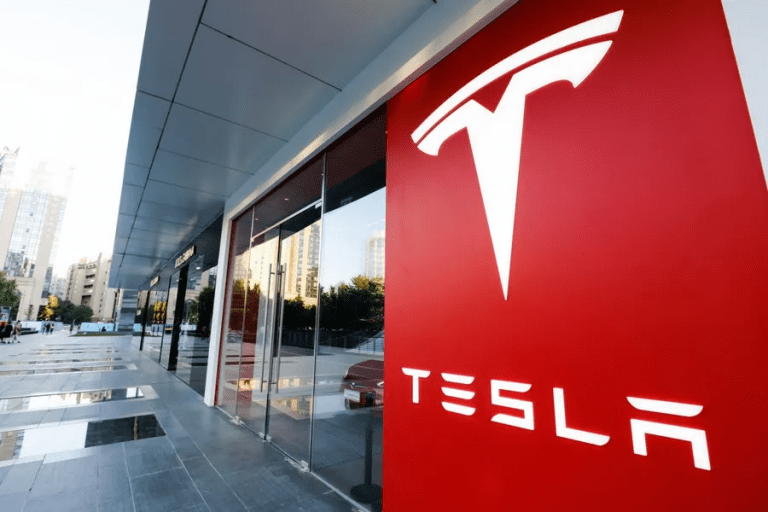
【PCauto】On April 23, 2025, Tesla announced its first-quarter earnings report. Over the past quarter, the company faced boycotts in both European and American markets, as well as encountering a certain degree of backlash. The release of this financial report has drawn considerable attention.

Revenue and Profit Decline; Performance Lags Expectations
Tesla's revenue for the first quarter was $19.335 billion, significantly lower than the market expectation of $20.01 billion and even below some analysts' forecasts of $21.37 billion.
Compared to the same period last year, when revenue was $21.301 billion, this marks a 9% decline, the largest year-over-year drop since 2012.
As Tesla's core business, automotive revenue was only $14.119 billion, failing to meet expectations. Energy business revenue came in at $3.157 billion, in line with forecasts. Revenue from other segments reached $2.733 billion, also falling short of market expectations.
The company reported a net profit of $420 million, a significant drop from $1.405 billion in the same quarter last year. Net profit attributable to common shareholders was $409 million, down 71% from $1.390 billion a year ago.
The adjusted (non-GAAP) earnings per share were $0.27, significantly below the market expectation of $0.38. This data indicates that even as market expectations for Tesla have lowered, its profitability is still declining, highlighting a more pronounced decrease in earnings.
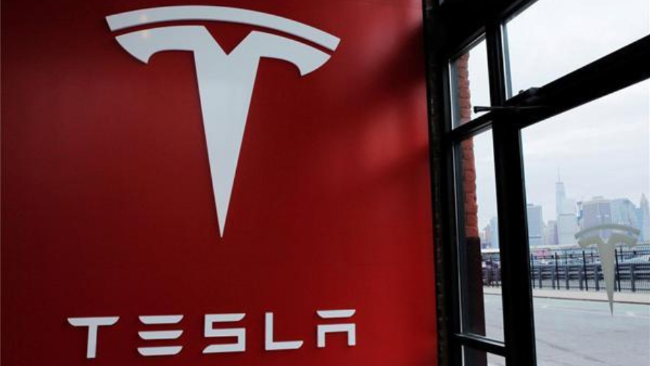
Shrinking Profit Margins; Carbon Credit Revenue Becomes Critical
When excluding carbon credit revenue, the gross margin for the automotive business stood at 12.5%, slightly higher than the expected 12.3%, but still one of the lowest levels in recent years.
This quarter, Tesla generated $595 million in revenue from carbon credits, which provided critical financial relief; without this revenue, the financial metrics for the automotive business would have been even more concerning.
In recent years, competition in the global electric vehicle market has intensified, with many automakers ramping up investments and introducing various new energy models, increasing the competitive pressure on Tesla.
To capture more market share, Tesla has had to lower prices, directly reducing its profit margins.
In this context, revenue from carbon credits has temporarily alleviated some of Tesla's financial pressure. However, in the long term, improving the profitability of its automotive business without relying on carbon credit revenue is an urgent issue remaining to be addressed.
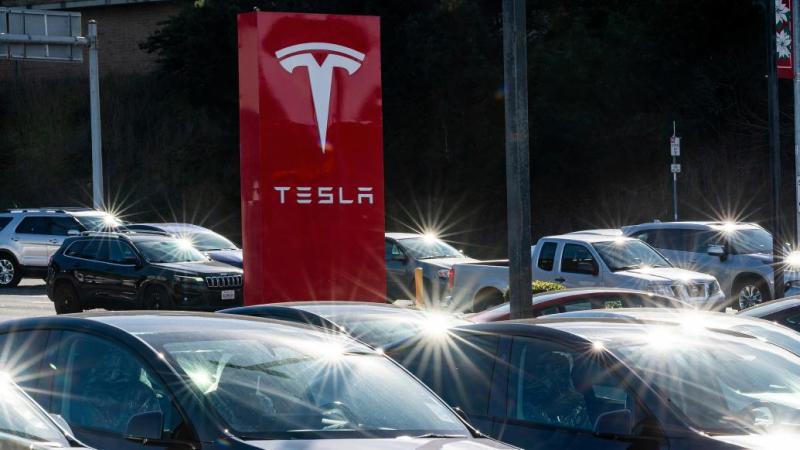
Production and Sales Imbalance; Increasing Inventory Pressures
From the production and sales data, Tesla produced 362,600 vehicles this quarter, with deliveries totaling only 336,700, a 13% year-over-year decline and significantly below market expectations. The discrepancy between production and sales means that inventory pressure is rapidly increasing.
The current intense price competition in the electric vehicle market, coupled with some controversial actions by Musk impacting brand image, has led to disappointing market demand. The challenge of managing inventory has become a new dilemma for Tesla.
Excessive inventory not only ties up significant funds and increases financing costs but could also lead to vehicle depreciation, further affecting company profits.
High inventory levels may also signal a shift in market demand for Tesla's products, necessitating a reevaluation of its product strategy to better align with market needs.

Emerging Financial Pressures; Free Cash Flow Falls Short of Expectations
Additionally, Tesla reported free cash flow of $700 million, which, while positive, fell considerably short of the market expectation of $1.1 billion.
With rising inventory levels, it is evident that Tesla is facing increasing financial pressures. Free cash flow is a critical indicator of a company's financial health; lower free cash flow suggests potential difficulties in capital operations, impacting areas like R&D investment, capacity expansion, and market promotion.
As a technology-driven automaker, Tesla relies on continual investment in R&D, product improvement, and the establishment of new production facilities.
Rising financial pressures could hinder Tesla's pace of technological innovation and business expansion plans, negatively impacting its future growth.
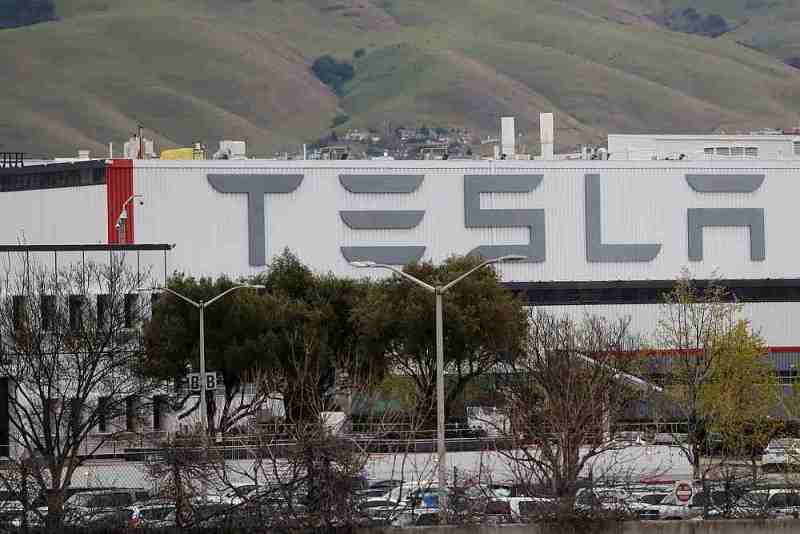
Uncertain Future Development; Key Product Launches Delayed
Investors are particularly concerned that Tesla did not specify when the company expects to resume growth in its outlook, even omitting the mention of "restoring growth" in the financial report, which the market views as significant bad news.
While Tesla stated that the affordable Model Y is set to be produced in the first half of 2025 and the Cybercab autonomous taxi project is scheduled for release in 2026, many key product launches have been delayed. Products originally slated for release in the first half of the year, like the streamlined Model Y and the Semi truck's pilot production plan, have been postponed due to external tariff changes and internal planning adjustments.
Delays in important product launches could cause Tesla to miss favorable market opportunities, allowing competitors to gain an advantage. Moreover, the market's expectations for Tesla's products could gradually diminish due to these delays, impacting future market performance. In the fast-evolving electric vehicle market, timely product launches are crucial for maintaining competitiveness.

Musk Remains Optimistic About the Company's Future
During the earnings call, CEO Musk expressed that he is "very optimistic" about the company's future, adding that autonomous driving will make a significant impact on the company by mid to late 2026.
Notably, Tesla included a special "company update" segment in this meeting, generating considerable interest from the market regarding potential insights into its AI strategy, cost-cutting measures, production planning, and initiatives to boost stock prices.
Musk, as Tesla's visionary leader, has the power to instill a degree of confidence among investors with his optimistic outlook. However, the market is more eager to witness tangible actions and concrete plans.
The "company update" segment is critical for Tesla; presenting feasible development strategies and solutions in this segment could alleviate market concerns and boost confidence of investors .

In summary, in Q1 2025, Tesla is facing numerous challenges, including issues with revenue, profit, profit margins, production versus sales, and financial pressures, while the future direction remains uncertain.
Nonetheless, Tesla also has opportunities on the horizon, including new model launches and ongoing investments in autonomous driving technology. Ultimately, whether Tesla can overcome its current difficulties and improve its performance will be seen in the future, and the market will keenly observe Tesla's subsequent moves.
If any infringement occurs, please contact us for deletion
Trending News

Toyota Tundra Owner Achieves the Second Million-Mile Milestone
[PCauto] The mileage often measures the quality and durability of a car, and Victor Sheppard and his two Toyota Tundra pickups have set a staggering record.With Victor Sheppard's dedication and careful maintenance of the Toyota Tundra, he successfully drove two different Tundra pickups over 1 million miles (approximately 1,609,340 kilometers).In 2007, Sheppard bought a brand new Toyota Tundra CrewMax. Over the next nine years, as a contractor, he worked across the United States, from Louisiana t

BYD Plans to Promote 1000V High Voltage Super Charging Stations and Its Models on a Large Scale
【PCauto】Recently, the news that BYD plans to massively implement a 1000V high-voltage supercharging platform has attracted widespread attention. It is reported that this platform will be launched in the middle of March this year and supports super-fast charging above 5C. After its release, it will quickly be popularized to its own models and large-scale construction of 1000V supercharging stations.This move will undoubtedly set off a wave in the new energy vehicle market. Let's delve into the te

XPENG G9 is about to be launched in China, bringing 66 upgrades in features
【PCauto】XPENG has recently announced that the 2025 XPENG G9 will soon be launched in China. Although the official did not announce the time and price, the success of XPENG G6 and X9 has rekindled expectations for the once-failed G9 by XPENG. In terms of appearance, the G9 continues the X-BOT FACE 3.0 design language, with a closed grill at the front paired with split-style headlights on both sides, new two-tone collision colors and all-black body styles, with a petal-style wheel hub. Combining
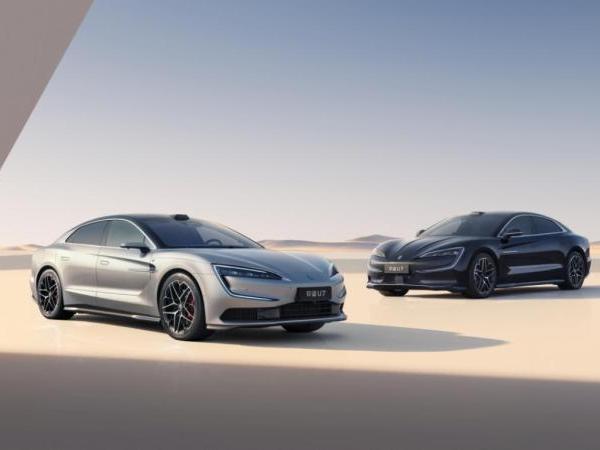
BYD YANGWANG U7 Launches with World's First Suspension Charging Tech
[PCauto] On March 27, BYD YANGWANG U7 was launched, with two power versions of pure electric and plug-in hybrid, a total of four models. YANGWANG U7 EV Five-seater Luxury Edition, priced at about 292.85 million baht/RM38.31 YANGWANG U7 EV Four-seater Flagship Edition, priced at about 330.04 million baht/RM43.19 YANGWANG U7 PHEV Five-seater Luxury Edition, priced at about 292.85 million baht/RM38.31 YANGWANG U7 PHEV Four-seater Flagship Edition, priced at about 330.04 million bah
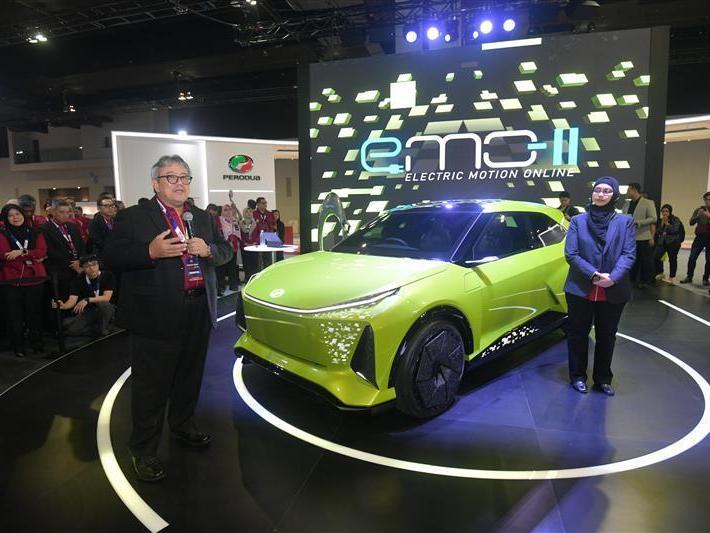
What will the new Perodua Car look like in 2025? What kind of changes will they undergo?
【PCauto】In 2025, Perodua will introduce a series of anticipated new car dynamics, covering the launch of new models and remodeling of several existing models, whether in the bold step in the field of electrification or in the optimization of classical models.Perodua is to launch its first electric car in 2025Perodua's first pure electric car is expected to go on sale officially in the fourth quarter of 2025. To ensure the vehicle's performance and quality, Perodua may initiate testing work as ea
Popular Cars
Car Compare

